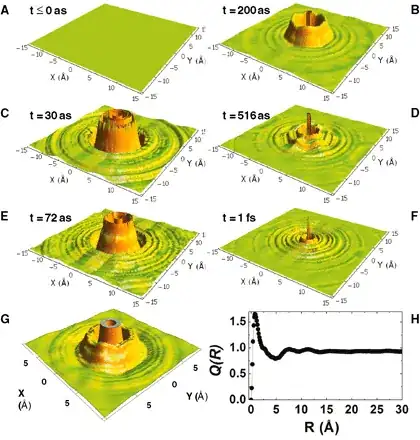Despite whatever be the shape of object that you drop in water, it be 1D, 2D, 3D, they all produce ripples in a circular pattern, is this pattern followed under water as well (in terms of density changes, like compressions and rarefactions) I assume it to be semispherical under water but have no proof, and why is this pattern so in the first place?
I know the question is there. My Actual question is written in bold above. Does it have to do with energy?
